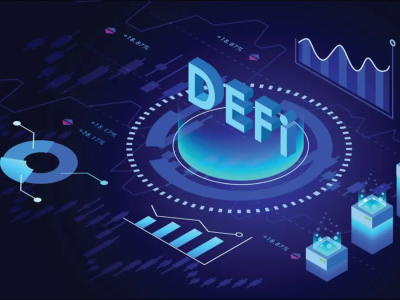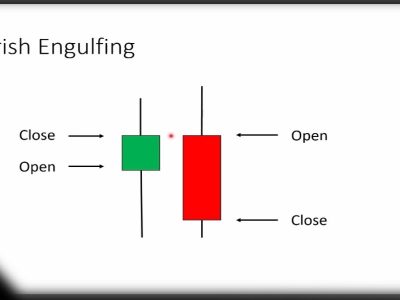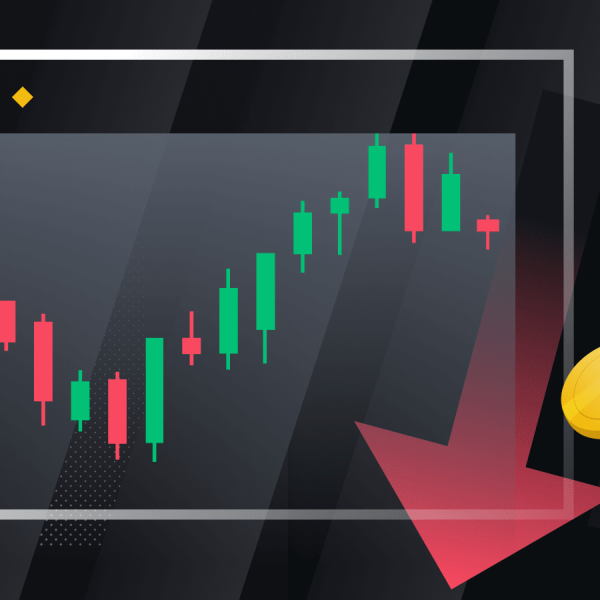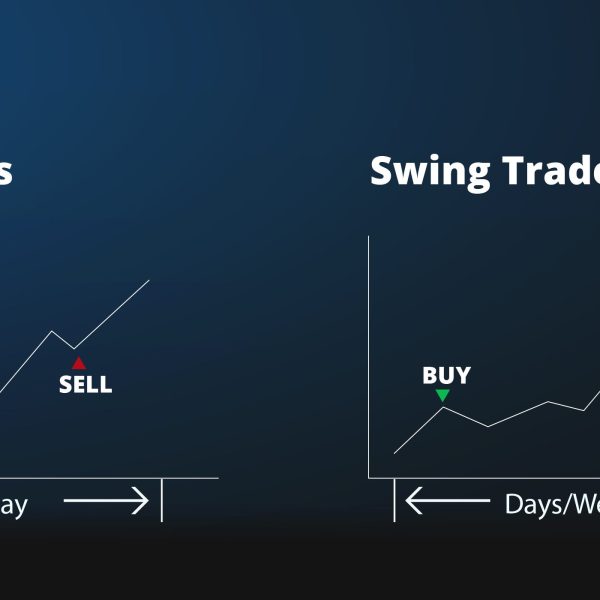What is BarnBridge? What is the use of the BOND token? Maybe these questions are in your mind as well. You should know that DeFi is the basis for innovative and new platforms, so with the growth and development of tools and solutions, we see the emergence of platforms like BarnBridge that can play an essential role in the digital currency market and decentralized applications.
In the digital industry, hacking and fraud are rampant, and the demand rate is very high. As well as the sustainability of DeFi projects is fragile, and there is no guarantee of future development for them. As a result, there is a lot of risk waiting for users on the DeFi platform, making many not move toward this system.
You can also read: What does capitulate mean?
But methods are being considered and developed to address such challenges. Bainbridge was created to give investors more confidence and eliminate market risks and decentralized applications that work with tokens. But what is BarnBridge and how does it work?
What Is BarnBridge BOND?
BarnBridge or BOND is a tokenized risk protocol that allows users to open positions based on factors such as fluctuations in demand rates and asset prices. This platform enables its users to protect their position against the significant risks in the DeFi platform.
The platform was first launched in October 2020. It was initially released by Tyle Ward, Tory Murray, Milad Mostavi, Dragos Rizescu, and Bogdan Gheorghe.
BarnBridge or BOND has a pool-to-pool design in which a junior-senior structure is provided for its various applications. In this structure, one group of users helps the other group to get results. This method includes use cases to control the number of losses and protect against severe price reductions in BarnBridge applications.
The BarnBridge platform works with a tool token called BOND, which is based on the ERC20 standard. BOND is used for voting in Governance-based decentralized and incentive network offerings. The token can also be stacked on the BarnBridge platform and the port.
How Does BarnBridge Work?
BarnBridge whitewasher shows two primary uses for this platform, formed at the beginning of the BOND ecosystem: Smart Yield and Smart Alpha.
Smart Yield was launched in March 2021 and offers users a kind of leveraged or fixed variable yield for Stablecoins traded in loan markets such as Aave.
BarnBridge’s second product, Smart Alpha, allows users to build leveraged pools with the ERC20 standard for each token.
In addition to these two applications listed in its official white paper, the development team has launched two other applications: Smart Exposure and Smart Secret. Both apps have some sort of Yield and Alpha core performance, but the exact details are not yet known.
Smart Exposure will be publicly available to users in the last season of 2021, while Smart Secret runs in parallel with Smart Alpha.
The development of future protocols is based on dynamic governance experiences that provide more use-cases for potential DeFi risks. BarnBridge was initially built on the Polyon platform and is developing other scalability methods to attract more integrated partners.
According to the structure mapping of this platform, after the launch of Smart Yield and Alpha, we have to wait for the development of the BOND desk, which provides simple access to the secondary market for tokenized risks.
BarnBridge (BOND) main features
BarnBridge offers the decentralized portion of DeFi by providing a decentralized autonomous portfolio, or DAO. No registered entity controls the development of BarnBridge. Instead, its Ethereum-based DAO is the only way to make decisions about treasury and protocol resources. The sign of BOND sovereignty is the mechanism by which decisions are made.
The BarnBridge DAO is a guide to all revenue generated by protocol applications. For example, Smart Yield receives 0.5% of the transaction cost for its junior tranche and 5% for the senior tranches. These fees are charged for maintaining deposited assets, and the BarnBridge Association can allocate all of these resources through on-chain governance operations.
In addition, allowing traders to manage the number of fluctuations they incur based on tokenized risk products offers a new investment strategy and trading positioning. This method allows users to determine the amount of risk based on their capital and the type of tranches, even if the risk is high or low based on the reward.
How BarnBridge Isolates Risk
Senior tranches at BOND, both Smart Yield and Smart Alpha, offer a new class of collaterals at DeFi. This type of system is resistant to fluctuations based on changes in price and demand rates, and junior tranches also provide a more secure infrastructure for other DeFi applications. Thus, such a procedure makes various positions in DeFi a defensive shield against endless problems and challenges.
Junior tranches, on the other hand, are rewarded with cheap leverage on deposited assets. In both applications, senior tranch users leave a degree of upside on their deposit and then send the distributions to junior tranches. This method creates a balanced relationship between different users on the platform striving for one goal: controlling the amount of damage and opening situations with a safety shield.
Conclusion
By providing a platform where users can invest with a secure profit margin, BarnBridge has made the DeFi sector safer and more accessible for investors. BOND is also a reliable and usable tool for optimizing the system based on personalizing the risk threshold.











